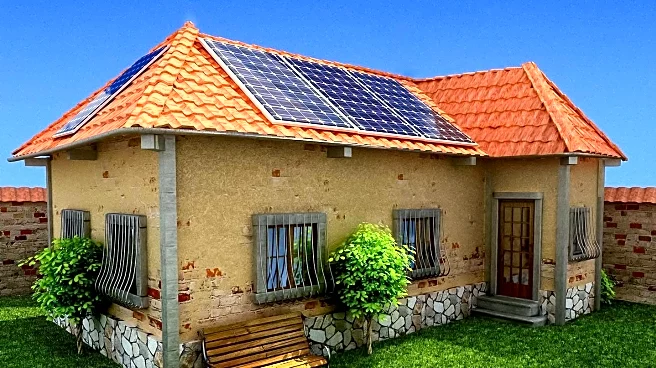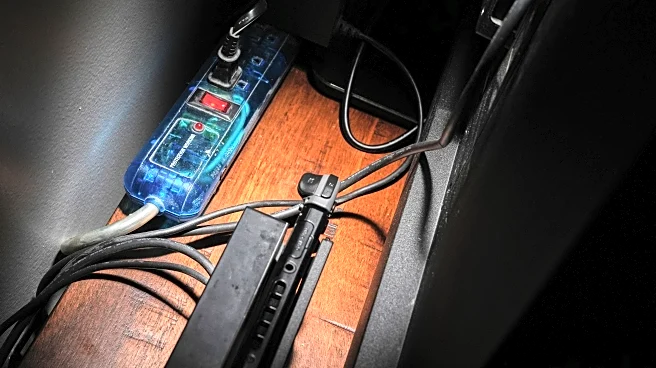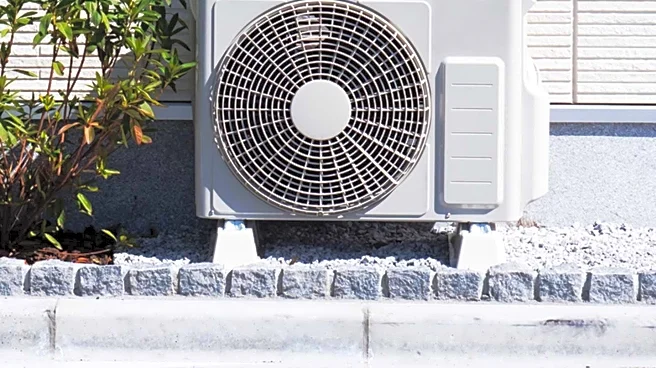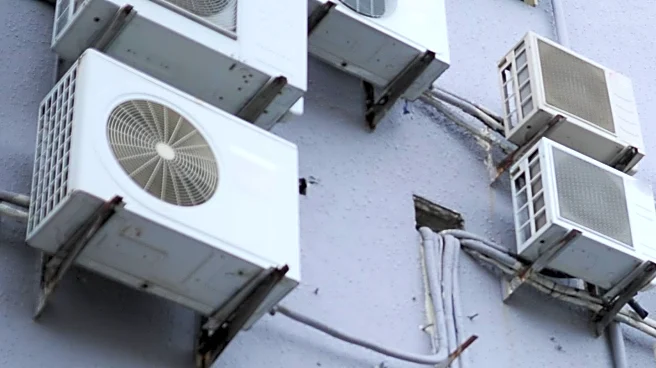What's Happening?
A recent analysis highlights the financial and environmental benefits of unplugging household appliances when not in use. Many devices continue to consume energy even when turned off, contributing to higher utility bills. This 'phantom load' can be reduced by unplugging devices, which can save consumers up to $165 annually per household. The Department of Energy estimates that standby power accounts for 5% to 10% of residential energy use. Strategies such as using smart plugs, surge protectors, and energy-efficient appliances can further optimize energy savings.
Why It's Important?
Reducing standby power consumption not only lowers utility bills but also has significant environmental benefits. By minimizing energy waste, consumers can contribute to reducing carbon emissions, which is crucial in the fight against climate change. The Natural Resources Defense Council estimates that reducing always-on device usage could prevent 44 million metric tons of carbon dioxide pollution annually. This approach offers a practical way for households to participate in energy conservation efforts while also easing financial burdens.
What's Next?
Consumers are encouraged to adopt energy-saving practices, such as investing in smart home technology and energy-efficient appliances. As awareness grows, manufacturers may focus on developing products with lower standby power consumption. Additionally, government incentives for energy-efficient upgrades could further promote these practices. The ongoing rise in utility costs may drive more households to seek out these savings strategies.
Beyond the Headlines
The shift towards energy conservation reflects broader societal trends towards sustainability and environmental responsibility. As more individuals become conscious of their energy usage, there may be increased demand for policies that support renewable energy and sustainable living. This could lead to long-term changes in consumer behavior and industry standards.













